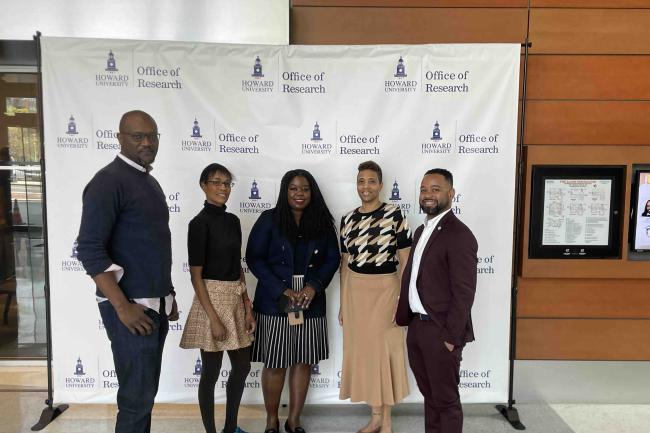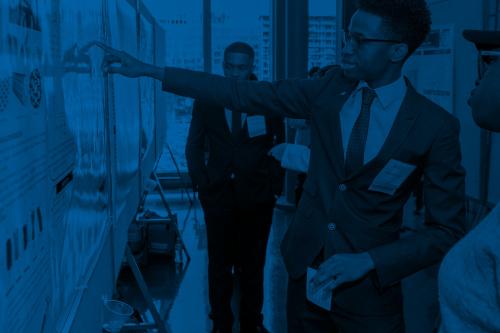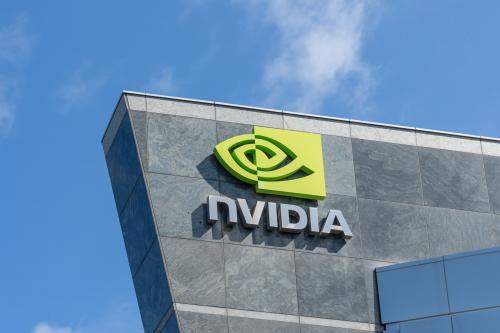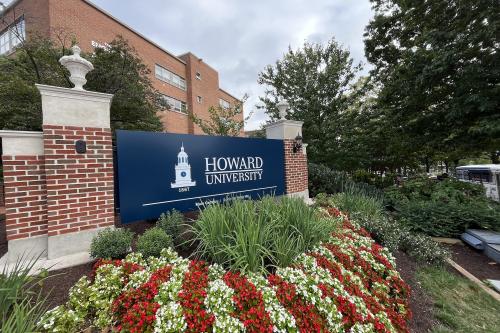As part of its Research Month celebrations, Howard University welcomed physicist Serena Eley for a “Women in Quantum” talk. Hosted by the IBM-HBCU Quantum Center, the event also served as an opportunity to discuss federal priorities for technological leadership.
Eley, a professor at the University of Washington, is one of the few Black women physicists in the United States. The event showcased Howard’s new R1 status and its rising role in the national quantum conversation.
In her talk, “Access + Persistence in Quantum Information Science,” Eley discussed her research on superconductors and her unique journey as a Black woman physicist, which has taken her to positions in research labs across the United States and around the world. Eley traced her fascination with physics back to a 1988 Popular Mechanics magazine, which featured a magnetic levitation train.
“I remember looking at this and being fascinated by the idea of a train that could levitate to reduce friction,” she said. “When I looked further into it, there was a description of how superconductors could be used to establish a very high, stable levitation state. I realized that I could spend a lifetime trying to understand the phenomena.”
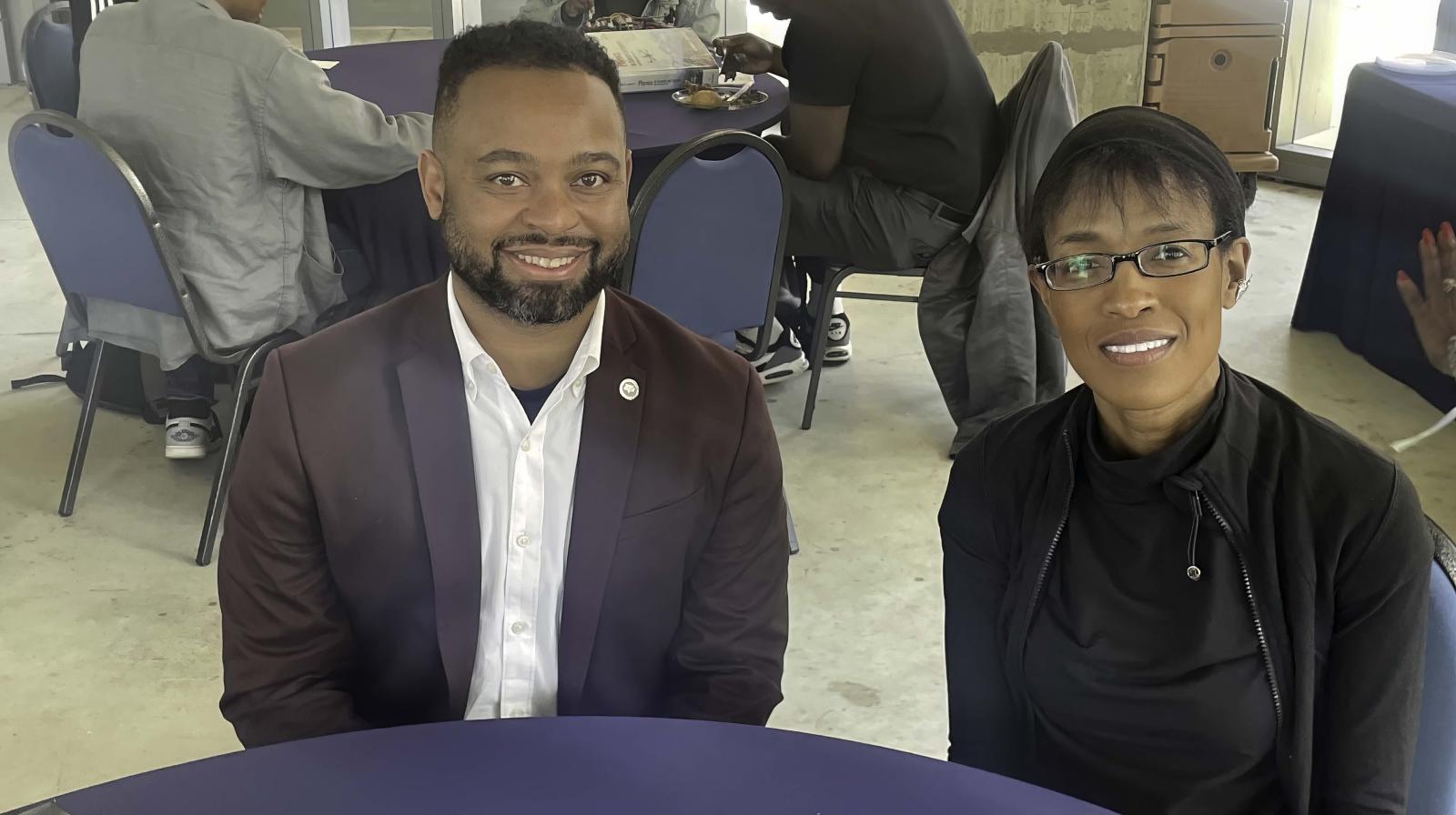
Eley took part in broader discussions at the gathering, which highlighted Howard University and other HBCUs, and their response to national calls to increase research activity and workforce development tied to advanced sciences, national security and economic competitiveness.
In his opening presentation, Thomas Searles, Ph.D., former Howard professor, referenced a recent push from top scientists across the country for renewed federal investment and coordination in three critical areas: artificial intelligence, nuclear technology, and quantum information science.
“This is a matter of national security and economic sovereignty,” said Searles, who founded the IBM-HBCU Quantum Center at Howard in 2020. Searles is now an associate professor of electrical and computer engineering at the University of Illinois Chicago.
He said the United States is currently outpaced by global competitors investing tens of billions in quantum.
“Our challenge is not just technological,” he said. “It’s also about building a quantum-ready workforce.”
HBCUs like Howard, he said, play a central role in addressing the challenge. Through efforts like the IBM-HBCU Quantum Center and Howard’s own doctoral programs in physics, he said the university can continue to contribute to the federal push for technological leadership. Efforts include partnerships with national labs and a growing pipeline of Black students entering the quantum field. Many of these students can expect to begin their journeys on HBCU campuses.
“It’s not just about fair funding,” Searles said. “HBCUs are American institutions training Americans to solve American problems. That’s what we’re doing in quantum today.”
At the event, Searles honored Howard’s historical legacy in physics. He paid tribute to Black quantum pioneers, including Warren Henry and Herman Branson — both of whom conducted foundational work in quantum and magnetism while based at Howard University.
Eley and Searles both emphasized that quantum research is not just for physicists. The field touches everything from finance to drug development to national defense — fields hungry for quantum-literate professionals.
“Quantum is not 50 years away. It’s here now,” Searles said. “And we need all hands on deck — Black scientists, engineers, educators — to ensure we are building the future, not being left behind by it.”
In his presentation, Moussa N’Gom, Ph.D., visiting professor at the IBM-HBCU Quantum Center, called for the creation of a permanent quantum optics center at Howard — one that brings together world-class minds who are often isolated in their fields.
An optical physicist and associate professor at Rensselaer Polytechnic Institute, N’Gom is developing light-based technologies that could transform biomedical imaging and quantum information systems.
His vision for an optics center is rooted in the Black scientific legacy, much of which springs from Howard University. He also put the spotlight on the historical figures referenced by Searles, pioneers whose groundbreaking contributions to physics have often gone unrecognized.
“We should design our centers around people like this,” N’Gom said. “We have the people, the students, the intellectual capacity. We just need to build the house.”
Top photo: Professors N'Gom, Eley, and Searles, with Pamela Clarke and Youlander Greene (centered).
###


